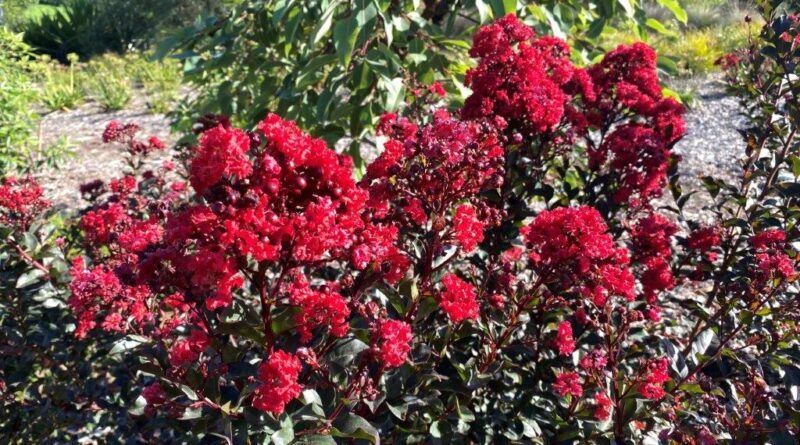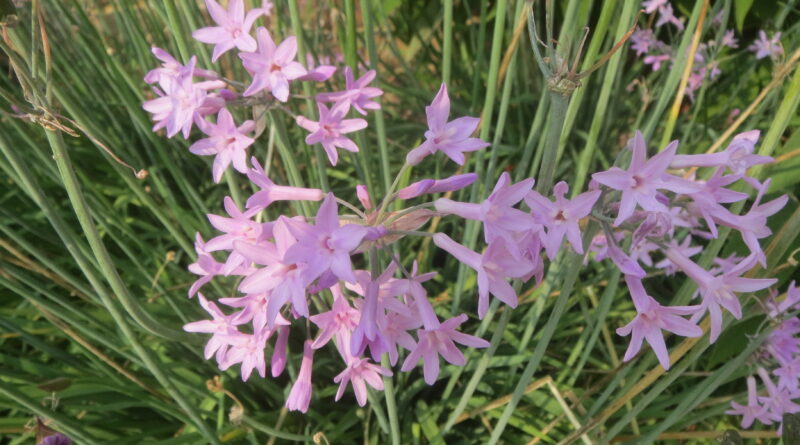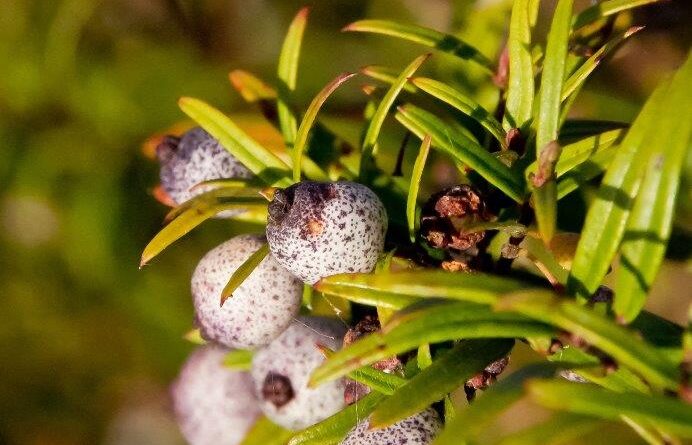Bursts of colour with new exotic shrubby trees
By Daniel Fuller
While there is a definite industry trend back to native plants, there is still a huge interest in exotic plants in the Australian landscape. Many landscape and domestic projects still focus on the beautiful exotic plants that have been a staple in Australian gardens over the last hundred years.… Continue reading
Read More








